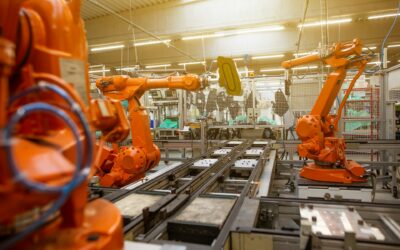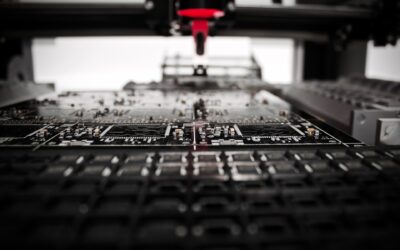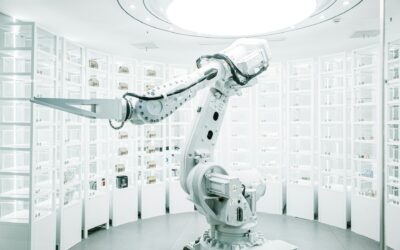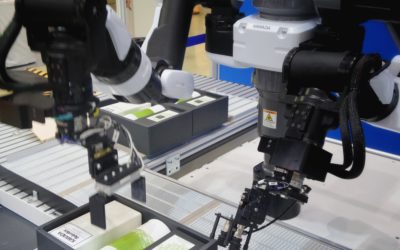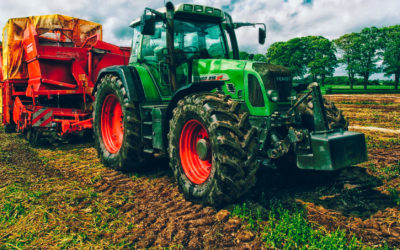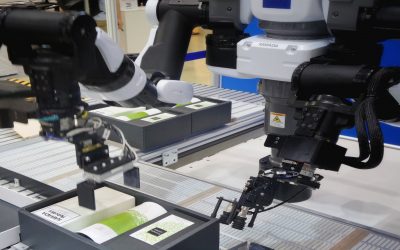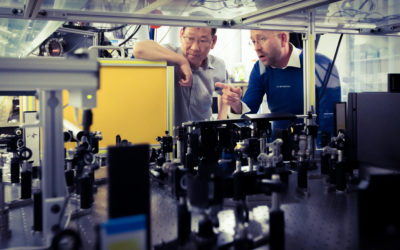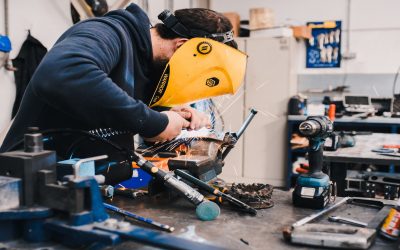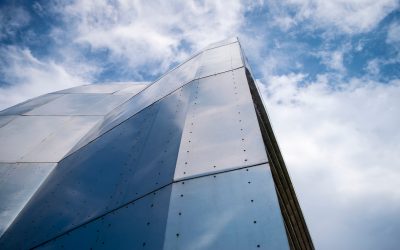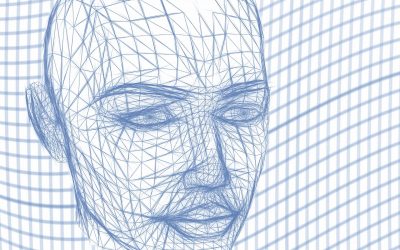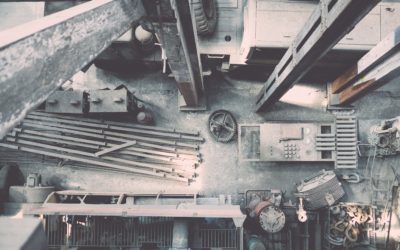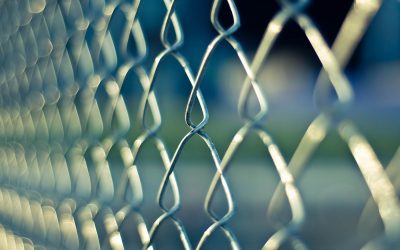CARTIF Projects
REVAMP
Improve the raw material and energy efficiency of the equipment and processes taking place in metallurgical enterprises.
Description
The main objective of the project is to develop, adapt and apply new technologies to improve the efficiency in the use of raw materials and energy of the equipment and processes that take place in the metallurgical companies. The great variability of raw materials in this type of companies makes that their processes specially complex and need to be modernized. These technologies will be validated in three use cases ranging from steel production to aluminium refining and lead recycling.
CARTIF participates in this project as coordinator of the lead pilot together with the company Exide Technologies applying artificial intelligence techniques for the modelling, control and development of decision tools in the lead smelting and refining processes.
Objectives
Development, adaptation and application of novel retrofitting technologies to cope with the increasing feedstock variability, and to ensure an efficient use of the feedstock in terms of materials and energy, by means of:
- Novel sensors for characterisation of metal scrap regarding chemical composition.
- Metal scrap preheating system operated with waste derived fuel.
- Software tools to model the operation input conditions of the processes.
- Monitoring and control systems to optimise the processes for metal production at varying feedstocks.
- Demonstration within three different use cases from the metal making industry:
- Electric and oxygen steelmaking.
- Aluminium refining.
- Lead recycling.
- Evaluation of the retrofitting solutions in terms of economic and ecological effects, as well as cross-sectorial applicability in other process industries.
- Valorisation, dissemination and exploitation of the project results for the process indsutry.
Actions
- Set up of statistical models to predict chemical composition of lead raw material.
- Formulation of models to predict process performance based on furnance operation variables.
- Adaptation of decision support systems for optimisation of charge in lead rotary furnance alloy material mixes.
- Retrofitting of data acquisition and monitoring system and optimization of lead refining process in the kettle.
Expected Results
- Increasing the energy efficiency of the targeted processes in lead production.
- A reduction of 2% in the consumption of alloying elements in the production of alloys for lead refining process.
- Reducing sample preparation in the mixing and refining process, as well as the residence time in the furnances.
Partners
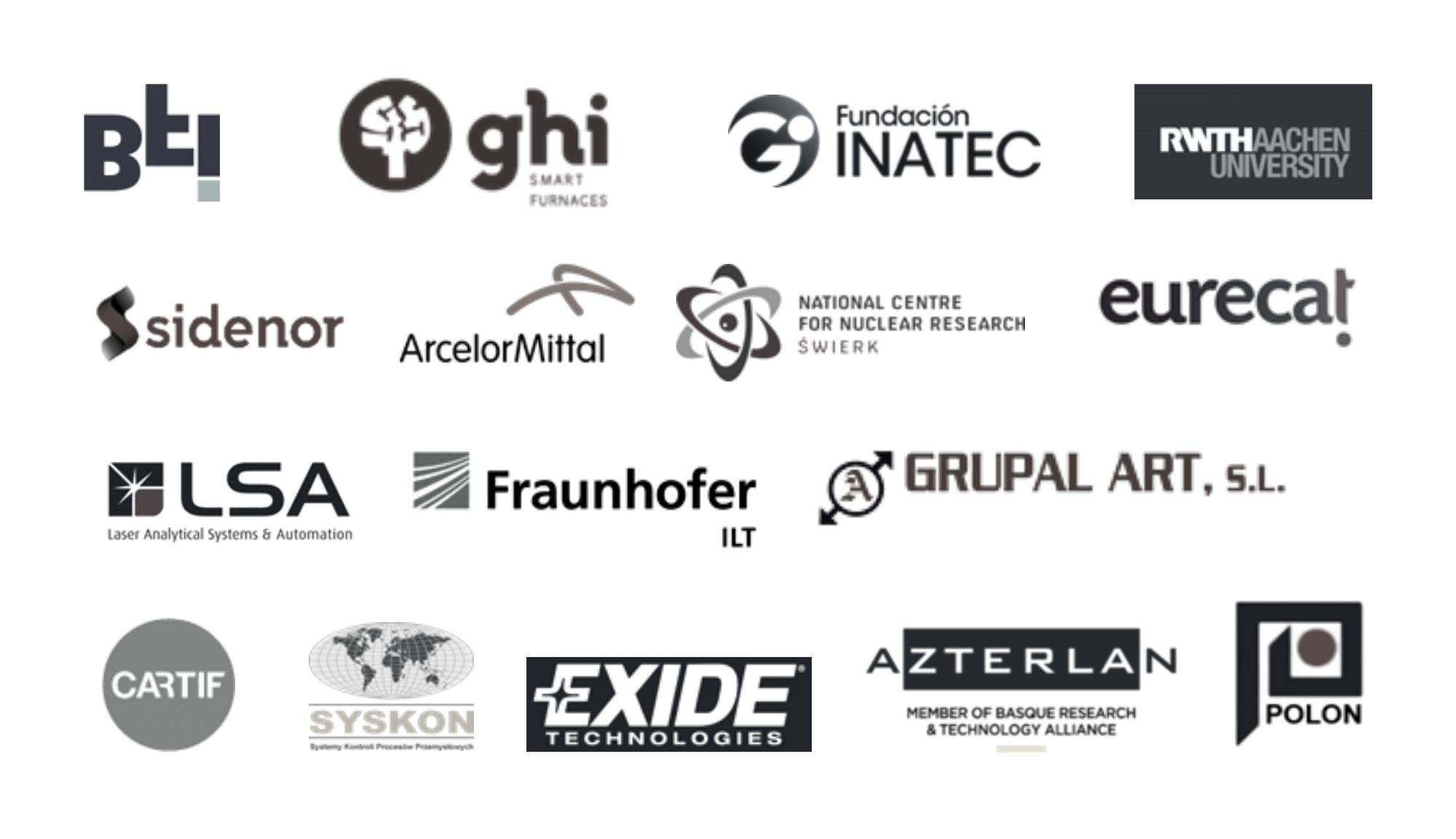
Horizon 2020
69882

Total Budget: 9,903,478.25€
Contribution: 7,928,015.88€
Duration: 01/01/2020 – 01/12/2023

Responsible
Clemente Cárdenas
División de Sistemas Industriales y Digitales
Networking
Industrial Solutions projects:
Incorporation of new equipment and processes to improve the advance digital manufacturing laboratory
Acquisition of advanced technological elements to enhance rapid prototyping services, as well as to support specific developments in the challenging processes of creating objects that are not available on the market or are costly to produce in limited quantities.
LIXIV-IA
LIXIV-IA proposes the development of solutions based on artificial intelligence (AI) and big data for the optimisation of the operation of autonomous containerised plants.
HUMAIN
HUMAIN focuses on industrial research and the creation of synergies in two use cases of complex production processes: Vertical enabling technologies and boosting these technologies by using AI, IIoT and machine vision.
STARCONNEXION
StarConnexion aims to lay the scientific and technological foundations for the application of Artificial Intelligence in quality management in long steel mills based on all possible variables that affect the final quality of the product.
Damperdoor
DAMPERDOOR looks to develop a competitive system and of high benefits for sliding doors in furniture sector. These features aim for a self-controlled closure, independent of the excessive force that a user may bring to the closing action, thus avoiding shocks and with the ability to complete the travel to a full and accurate closure.
5R
The 5R Network, Cervera network in Robotic technologies for intelligent manufacturing, has as its mission to establish a collaborative network, equipped with the necessary technology, tools and infrastructures to act as a driving force for the development and introduction of new robotic technologies in the industrial fabric.
AGROVIS
“Intelligent Visual Computing for products/processes in the agri-food sector” is an industrial research project framed in the field of computer vision (digital enabler of Industry 4.0) associated with the agrifood sector.
Intrusión-G4
The Intrusion-G4 project seeks new technologies to overcome the challenge of increasing the degree of security of the intrusion detection sensors currently available on the market.
TRREX
The TRREX project (Extended Range Robot Enabling Technologies for the Flexible Factory) investigates and develops technologies that contribute to the deployment of mobile industrial robots for the factories of the future. These systems will increase the flexibility of the plants and allow the optimization of industrial processes, improving their productivity.
NUMASTA
NUMASTA allows the development of a new generation of FRP sandwich panels for its application in the wastewater treatment sector. The distinguishing characteristic is presented in its core, based on a polyurethane foam, manufactured using formulations designed “à la carte” through a manufacturing process in a single stage where the curing process of the leathers and the foaming of the core take place in a synchronous
I-visart
i-Visart, “New artificial vision methodologies for the visual inspection of highly reflective and textured surfaces”.
It is an industrial research project framed in the field of computer vision (digital enabler of industry 4.0) associated with the industrial sector.
HABITAT-RA
CARTIF, has designed and developed a new module based on AR for smart glasses based on the recognition of QR markers to launch the experiences of AR, particularized for three technological pilots: Risk identification, Management of machine maintenance and Machine status monitoring
PUMAN
A new intelligent system has been developed for manual assembly positions in the industry. This system aims to minimize assembly errors by operators by validating operations, providing information and guiding the operator in real time through a man-machine interface based on Augmented Reality
DISCOBOLO
Nowadays in hot and cold lamination of “long” elements only the detection of punctual defects are made, not longitudinal defects. Therefore, the technological leap and the differentiating key of future products is to detect both, punctual and longitudinal defects on the production of flat steel in the rolling process, either the cold or hot process.
MARCA
MARCA provides the maintenance operator with tools that facilitate access to content, communications and technologies necessary for the guidance, support and registration of maintenance work. It is based on technologies of augmented reality, mobility and communication, as well as a knowledge base for incident management.
INCEPTION
INCEPTION develops new methods and tools for automated 3D modelling and analysis of European cultural assets proposing advancements on hardware and software, as well as new approaches for Cultural Heritage 3D data inclusive access and exploitation by means of the so called INCEPTION-Platform.
MODINTECO
The aim of MODINTECO project is to develop prototypes of Automatic Tool Changers for milling machines, modular and adaptable, intelligent and autonomous, universal..
CALYPSO
The purpose of the CALYPSO project is that the inspection process can be enriched by automatic pattern recognition techniques.
